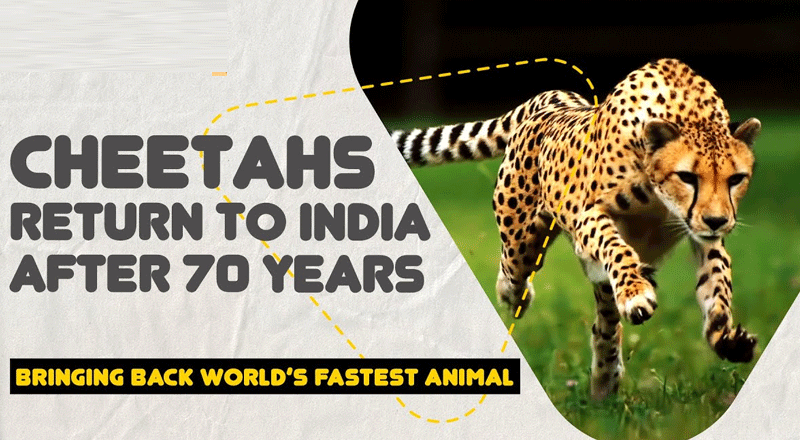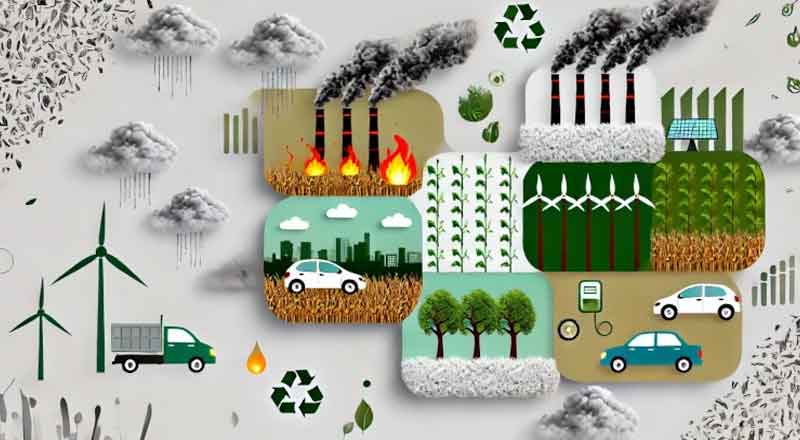Hunted to extinction in India by 1952, the big cat is now being reintroduced in the country. Will the world’s first intercontinental translocation of a carnivore in the wild work? A cover feature by spo india magazine.
An early winter morning somewhere near the very heart of India, the sunlight getting so scattered in the mist as to become a luminous haze that seems to make time stop. The twitter of birds is soft, melodic, mostly collegial.
Somewhere in the tall, straw-coloured grass, set high on a compact, pale buff face, a pair of topaz eyes burn with an inner glow. Held up by two dark teardrop-like streaks running down the face, as if by a pair of tongs, and powered by a bionic set of optic nerves, they are scanning a landscape that could well have been set anywhere from 72,000 years ago to early last century.
On the far horizon, somewhere within its 210-degree vision, it spots action. Perhaps a chital doe, five kilometres away. Even at that distance, its laser-sharp eyes can pick out a magical pictorial symmetry—the spots that cover the deer’s body, just like its own. And then begins what could be about the most thrilling of motion pictures in the history of life. The crouch going into a canter that softly eats up the miles in between, and then… at last…the full throttle,
the unbelievable torque as it twists and turns, the scapula flowing back and forth on the few occasions that the four limbs touch the ground—for this magnificent beast is almost fully in the air as it devours the last bit of savannah left between itself and prey at 120 kmph. A scene that can be enacted by only one land animal: the cheetah. (manish)





